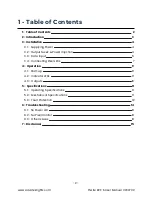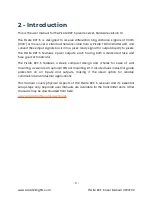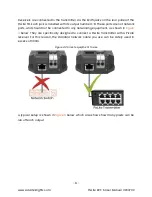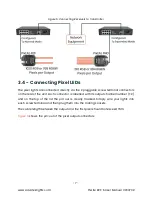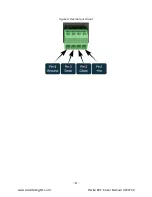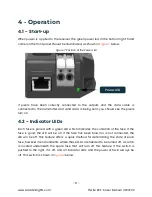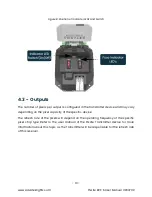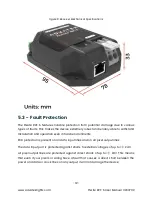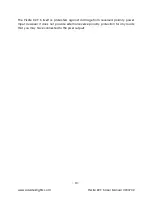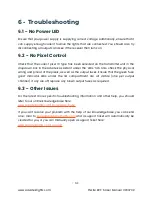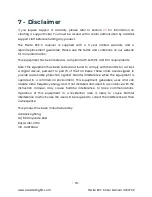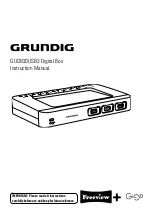
- 3 -
www.advateklights.com
PixLite R2F-S User Manual V200702
2 - Introduction
This is the user manual for the PixLite R2F-S pixel receiver, hardware version 1.0.
The PixLite R2F-S is designed to receive differential long distance signals of 300m
(1000') or more over a standard network cable from a PixLite T8 transmitter unit, and
convert these input signals back into a pixel-ready signal for output directly to pixels.
The PixLite R2F-S features 2 pixel outputs, each having both a dedicated fuse and
'fuse good' LED indicator.
The PixLite R2F-S features a sleek, compact design and 4 holes for ease of wall
mounting as well as an optional DIN rail mounting kit. It also features industrial grade
protection on all inputs and outputs, making it the ideal option for reliable
commercial and industrial applications.
This manual covers physical aspects of the PixLite R2F-S receiver and its essential
setup steps only. Separate user manuals are available for the transmitter units. Other
manuals may be downloaded from here:
www.advateklights.com/downloads


